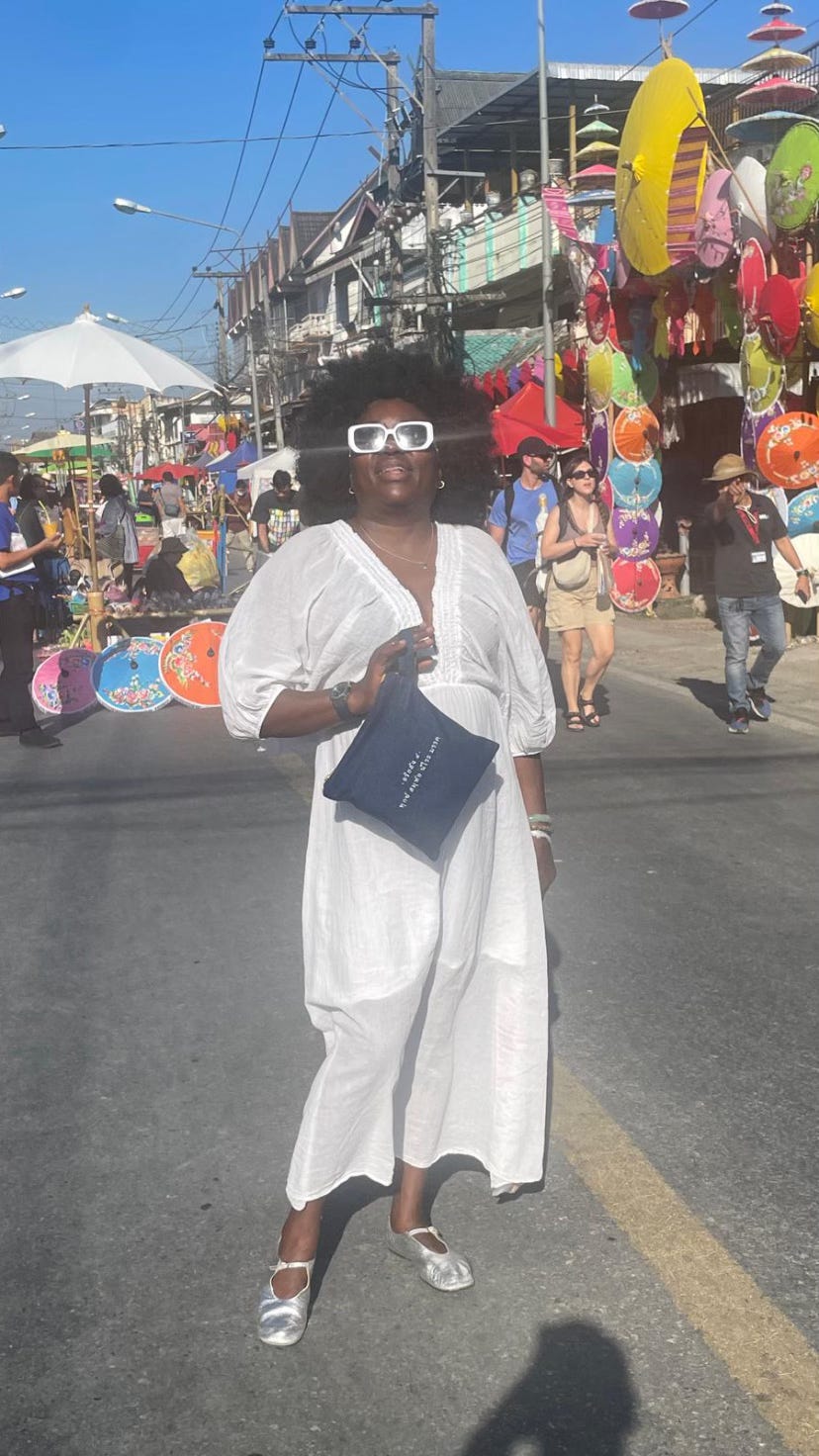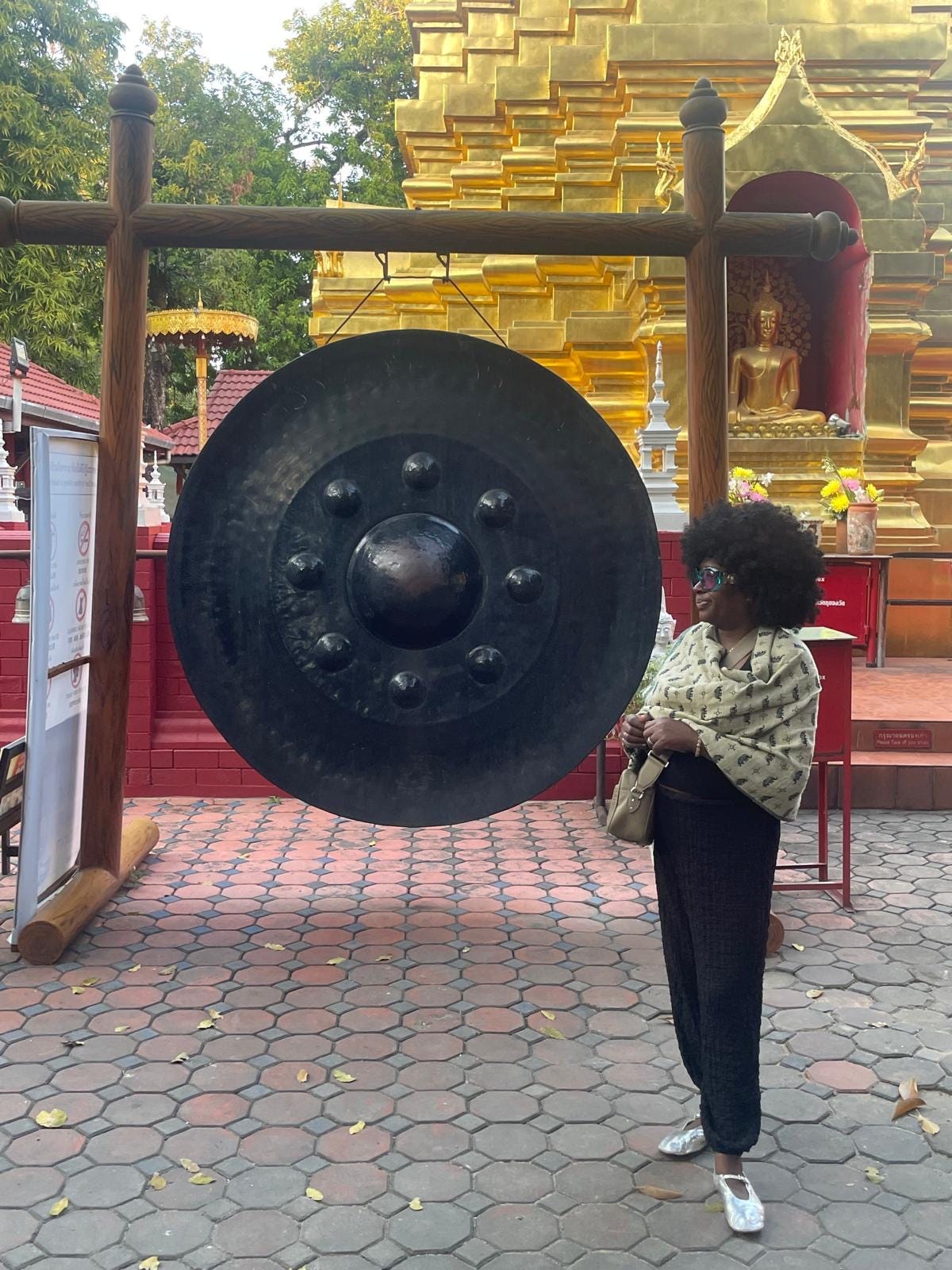
by Ophelia Osagiede
I arrived in Chiang Mai with a full heart and a willing body, ready to begin my training in Thai massage at the beautiful Sunshine Massage School. Nestled in the gentle folds of Northern Thailand, Chiang Mai immediately invited me to slow down. There’s a deep softness to the north the people, the pace, the spirit of the place. Lanna culture, shaped by mountain life and hill tribe communities, breathes through every gesture of kindness, every bowl of khao soi, and every quiet wai greeting.
Here, I learned not just technique, but presence. Thai massage is more than a healing practice it’s a transmission of breath, rhythm, and compassion. This was the perfect starting point for my Asia Dreaming tour rooted in wellness, guided by curiosity.
After the intensity of training, I craved stillness. Koh Chang Island was just that a space to float, rest, and be. The beaches here are wide and quiet, and while more touristic than the north, it offered a reflective calm. The island lifestyle moves slower. Conversations with locals revealed something deeper: their kindness often masks a contained tension, shaped by the pressures of tourism, rising costs, and limited economic options. When confrontation occurs in Thailand, it’s rarely immediate it can simmer, then flare. Understanding this emotional landscape requires patience and compassion.
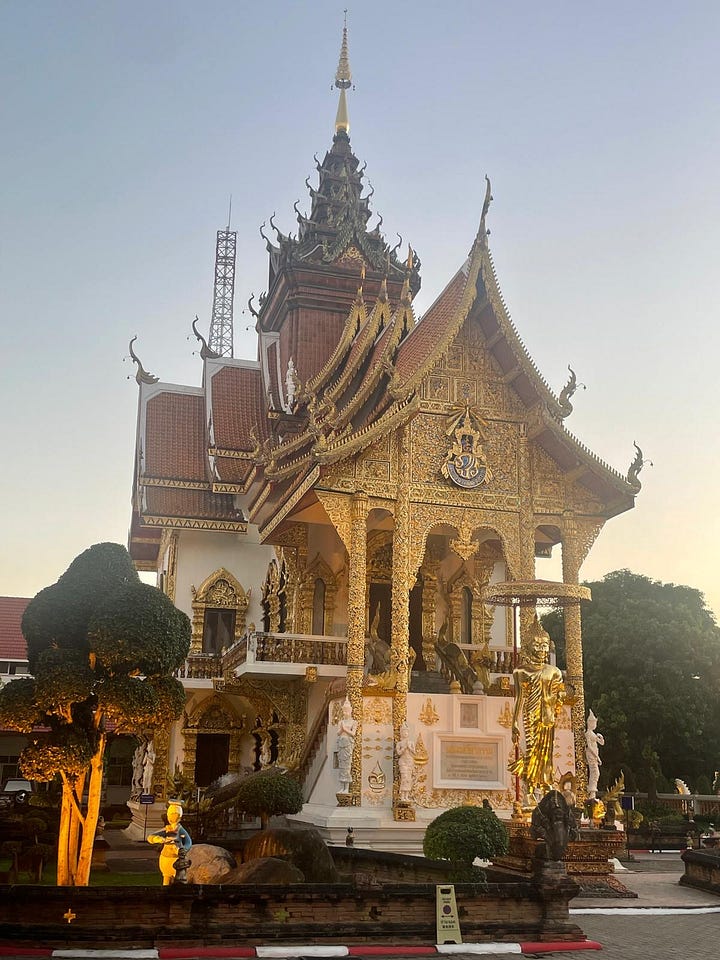
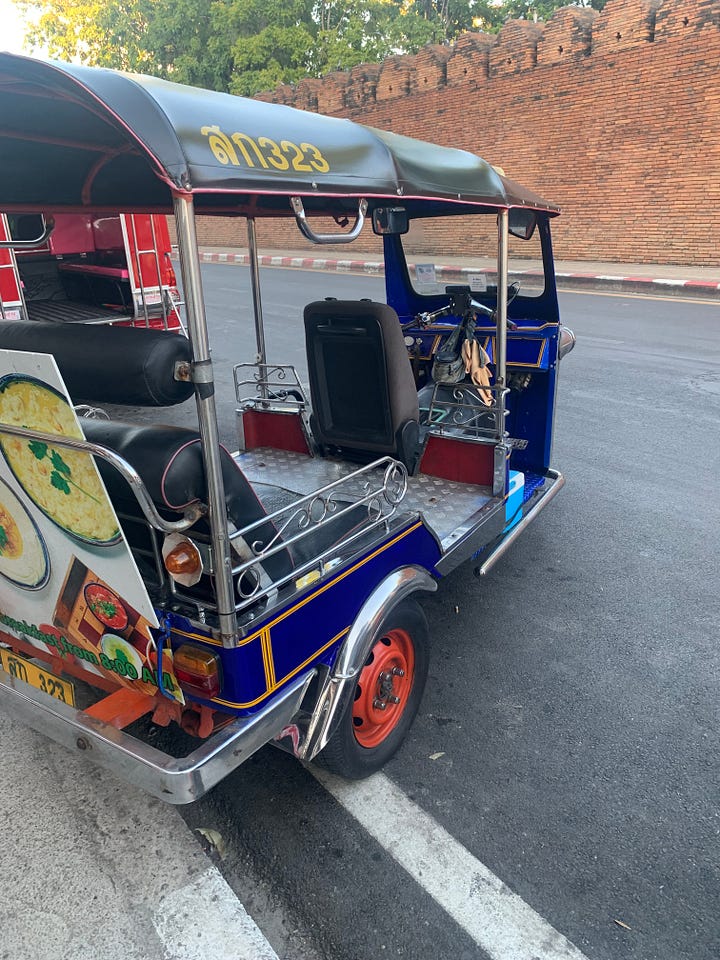
I then crossed into Cambodia, drawn to the spiritual magnetism of Angkor Wat. Standing before the ancient stone towers at sunrise, I felt the weight of centuries pressing into the present. The carvings, the stories etched in sandstone, the quiet reverence it was a different kind of sacred. Buddhism here is layered over Hindu roots, and the temples felt like a living timeline.
But it was outside the main temple that something shifted in me. A deep emotion rose almost fear. It came suddenly, unbidden, and sat heavy in my chest. The trees, the stones, the air it all felt strangely familiar, as though I had once walked those grounds. I couldn’t shake the feeling that I had been there before perhaps as a monk, or a servant in a life lived long ago. I didn’t need to understand it fully; I simply allowed the memory to exist, beyond words.
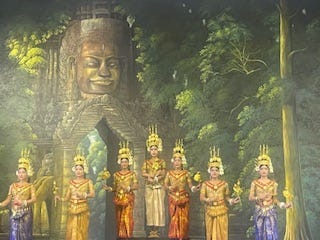
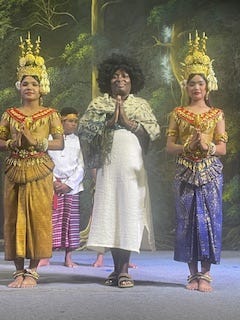
There is something hauntingly elegant about Cambodia a softness that mirrors the north of Thailand. In the classical Apsara dance, I saw familiar gestures, mirrored hands, and rhythmic footwork that echoed Thai traditional dance. The two cultures share deep spiritual and aesthetic threads, shaped by shared histories, regional exchanges, and the overarching influence of Theravāda Buddhism. The reverence for ancestors, the ceremonial stillness, the ornate storytelling it all felt like an extension of the sacred body language I had begun to learn in Thailand.
Cambodia’s recent history of war and genocide still casts shadows, but there’s an unmistakable resilience in the people. In the stillness of the temples, I felt both grief and grace. Cambodia deepened my spiritual inquiry and expanded my understanding of how sacred spaces can hold both beauty and sorrow and, sometimes, echoes of our own forgotten lives.
Later, I returned to Thailand for the final chapter of my journey, choosing Mio Koh in southern Phuket as my base for a month. This was a hidden treasure peaceful, surrounded by nature, and what felt like a private beach. Unlike the Phuket of nightlife and crowded beaches, Mio Koh offered a countryside feel. Here, I wrote, stretched, rested, walked, and simply watched. The Muslim influence in the south was palpable visible in dress, food, and soundscape and it added another cultural layer to my understanding of Thai identity. Southern Thailand feels protective of its customs, yet equally open to visitors who move with respect.
To close the loop, I ended in Bangkok a sensory explosion and a perfect gateway back to London. The city is alive with contrasts: chaos and charm, ancient shrines beside mega malls, street food beside skyscrapers. The transport system itself is a metaphor for Bangkok layered, unpredictable, and full of movement.
Thailand Is Not a Monolith
What I learned from travelling north to south is this: Thailand is not a monolith. It is a mosaic of ethnicities, histories, languages, and unspoken rules. From Lanna gentleness in the north, to Isaan resilience in the northeast, to the guarded beauty of the south each region holds its own truth.
Thailand was never colonised. As such, it carries a strong sense of self proud, structured, and still learning how to engage with diversity. Foreigners are often welcomed with warmth, but occasionally met with subtle boundaries. When emotions do erupt (in crowds, or through seemingly sudden acts of confrontation), they are often rooted in repressed frustration, pressure to keep face, and unspoken pain.
But despite these contradictions, Thailand remains grounded in its commitment to beauty, respect, and the sacredness of everyday life.
I carry this journey with me not just in the techniques I learned or the stories I collected, but in how I now move through the world with greater presence. Thailand gave me stillness, rhythm, and a deeper understanding of cultural complexity.
If you’ve been to Thailand, what stayed with you? And if you haven’t where would you begin?



